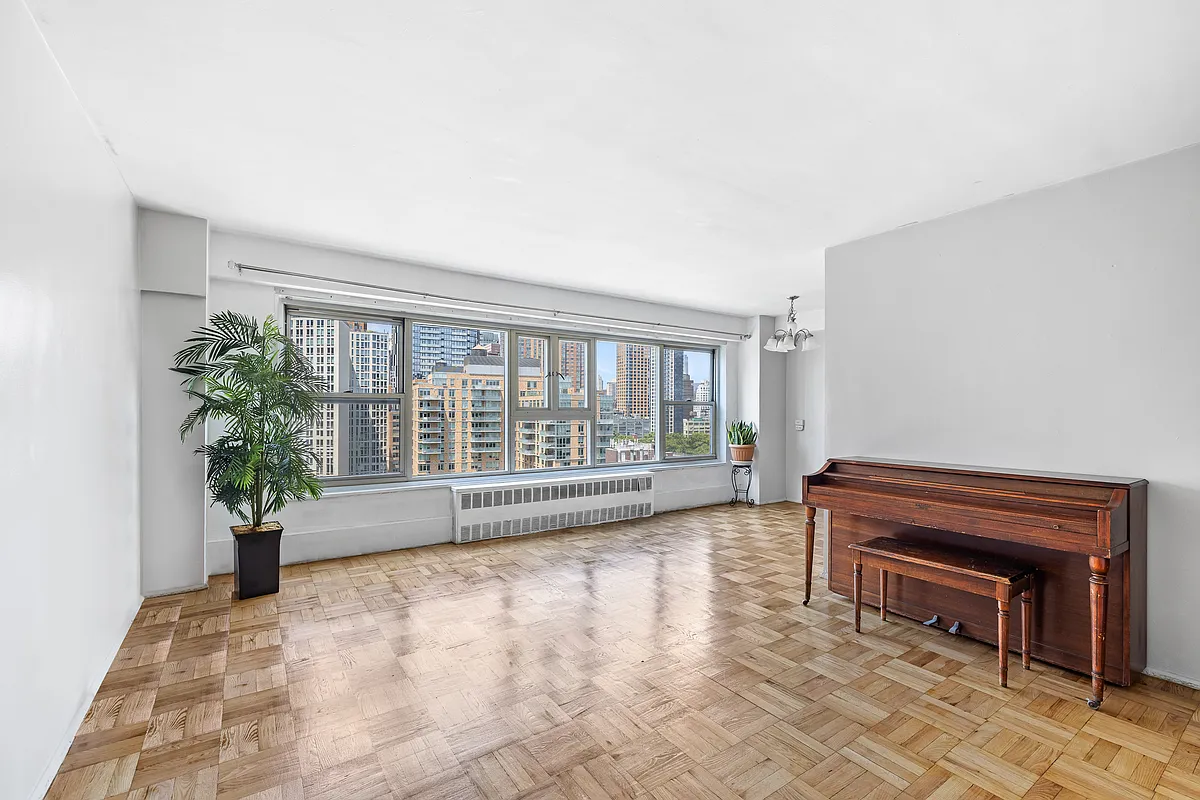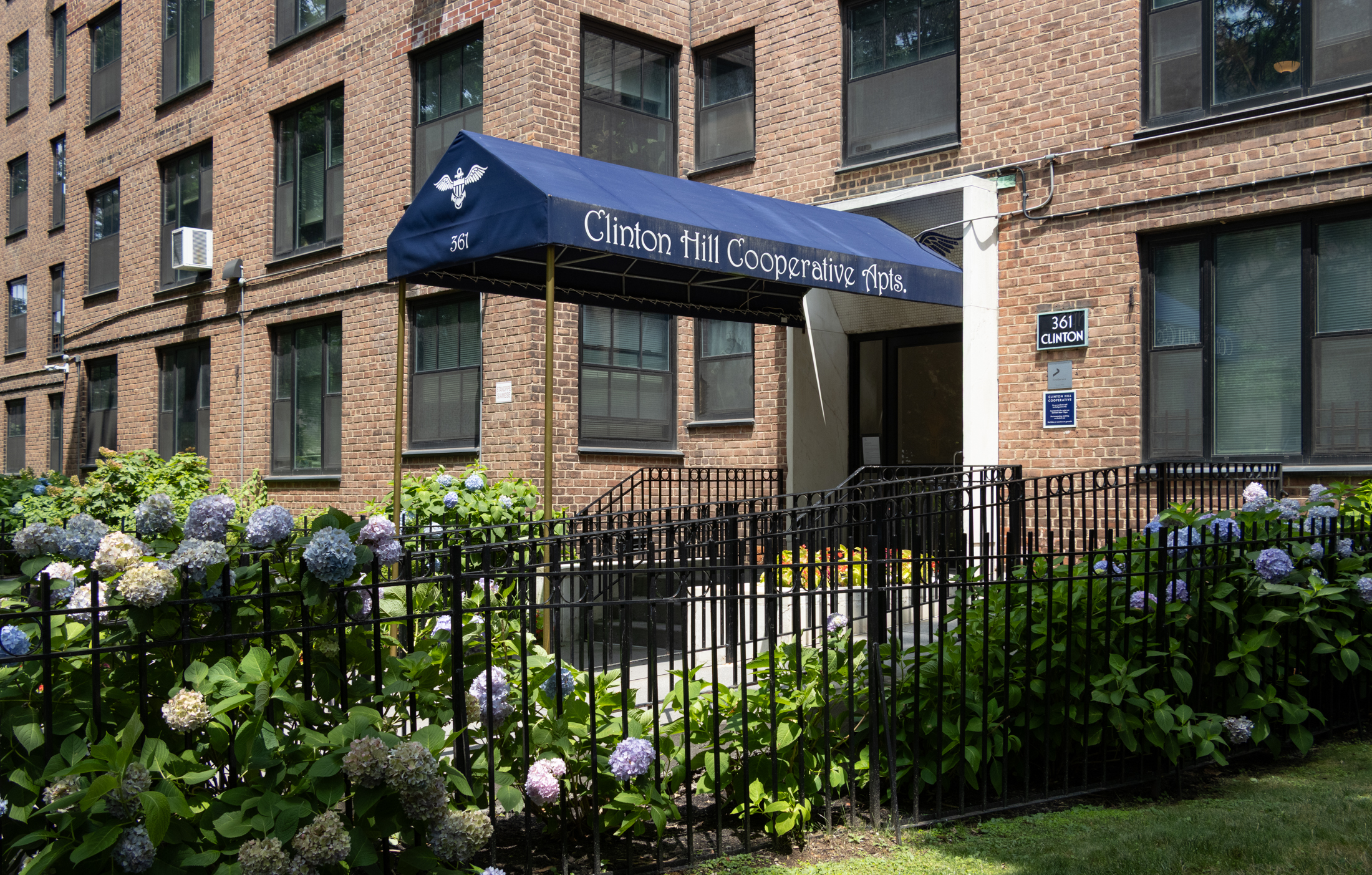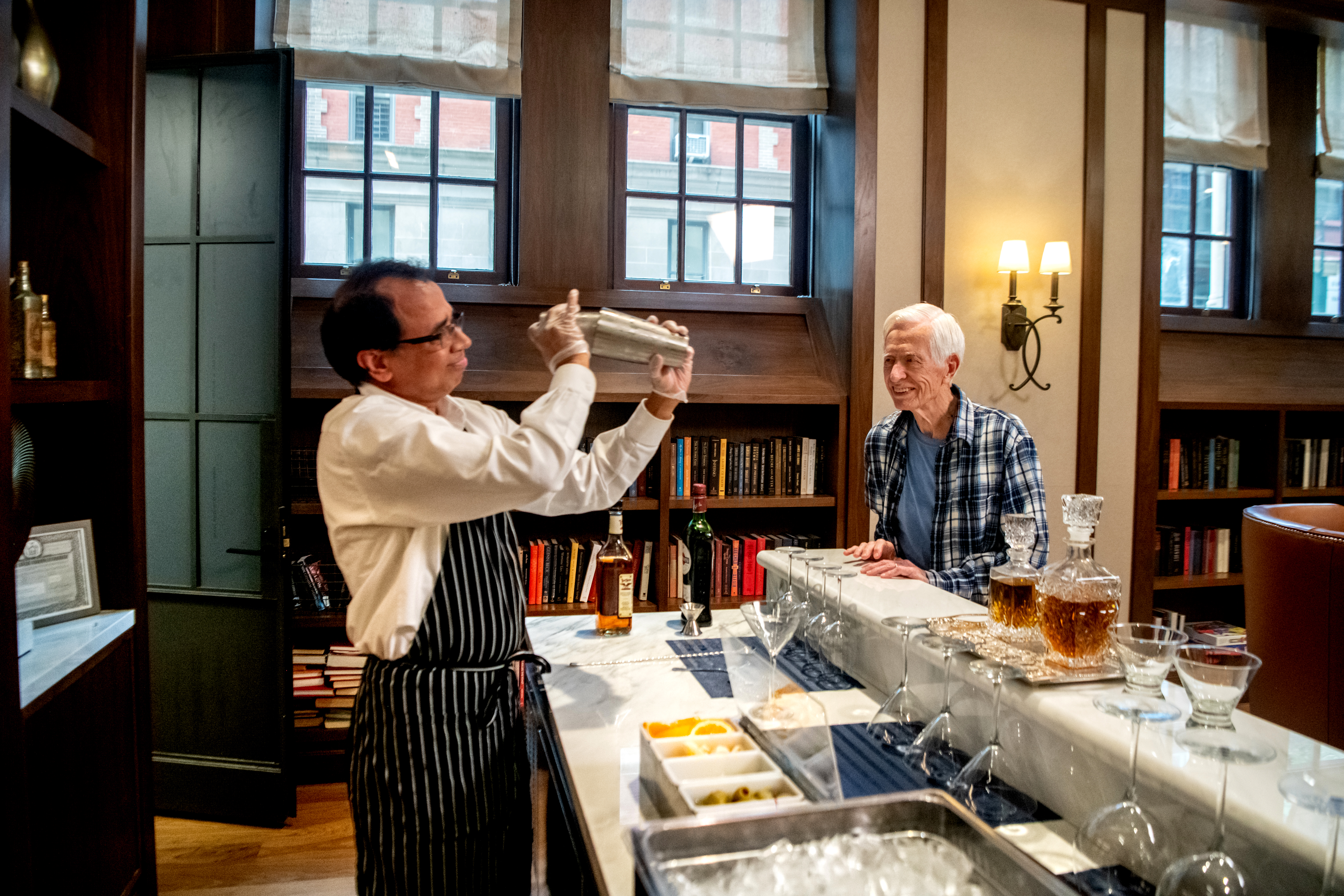DOT Reveals Two-Phase Plan for Flushing
At the monthly meeting of the Community Board 2 Transportation Committee last night, the Department of Transportation unveiled its revised plan for the portion of Flushing Avenue that runs along the Brooklyn Navy Yard; the agency’s original plan, which had included converting Flushing to a one-way street, was met by resistance from many business owners…


At the monthly meeting of the Community Board 2 Transportation Committee last night, the Department of Transportation unveiled its revised plan for the portion of Flushing Avenue that runs along the Brooklyn Navy Yard; the agency’s original plan, which had included converting Flushing to a one-way street, was met by resistance from many business owners within the Navy Yard. The revised plan maintains two-way vehicular traffic while adding in two-way bicycle lanes. Because the ultimate plan is more complicated and expensive than originally contemplated, though, it will be implemented in two phases. Here’s the set-up for Phase 1: East of Washington Avenue, there will be a single two-way bike lane running along the north side of the avenue; west of Washington, there will be two separate bike lanes running on either side of the avenue. Council Member Letitia James’ office and the Brooklyn Navy Yard Development Corp. both spoke in favor of the new plan. As part of the presentation, DOT also discussed plans for extending the bike lanes that already exist on the Prospect Heights side of Vanderbilt Avenue across Atlantic and all the way down to Flushing.
Flushing Will Run Two-Ways For Cars and Bikes [NY Times]
CB2 Committee Approves Plan for Flushing Bikeway [Streets Blog]





*Rob* — My point is that a healthy Urban Environment has these amenities. You sound like The What when you suggest NYC shouldn’t have these types of things (not just bike lanes). NYC has to be harder and grittier and life has to be more difficult… why take advantage of the scale of a city?
Sparfucile — You don’t see a difference between a bicycle and a bus or car?!
Why are pedestrians different than a car? Would most of those differences also apply to the difference between a bicycle and a car?
This isn’t just a bike lane. It’s a key segment of the Brooklyn Waterfront Greenway, a continuous 14-mile bike path. That will provide recreational amenities for everybody, not just cyclists.
Maybe because pedestrians aren’t vehicles? Cars, buses, and bicycles are.
This is an expensive and space-wasting solution to a non-existent problem.
“it also looks as gay as the day is long. what exactly is your point?”
what does painted concrete have to do with gay sex?
Clearly in the WPIX video, the bikes SHOULD NOT be on the sidewalks.
actually, i don’t think they’d need the bike lane if they installed speed bumps and ticketed people who are double parked.
quote:
No Rob — it looks like a healthy Urban Environment.
it also looks as gay as the day is long. what exactly is your point?
*rob*
By the way, I love the “Goddammit, that’s the way we’ve always done it!” arguments… We used to use wooden planks for roads. Probably shouldn’t have changed that either. It was working just fine! (Right?)